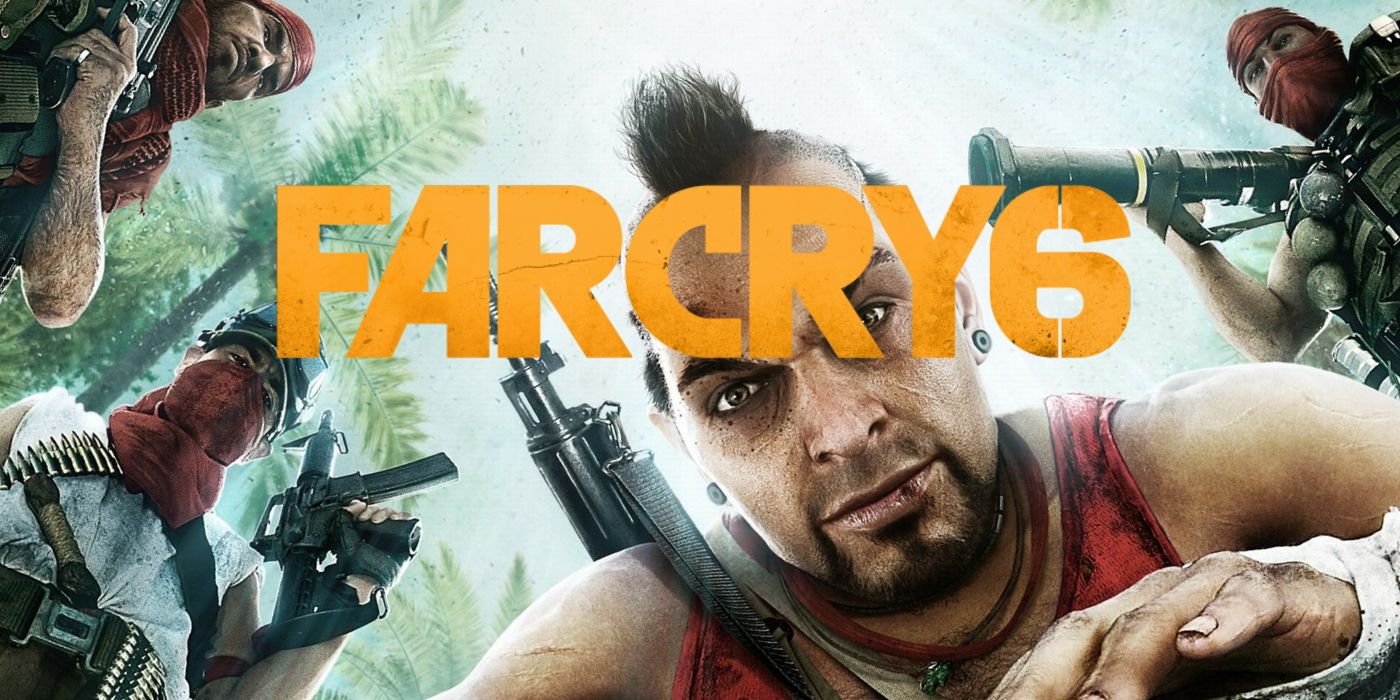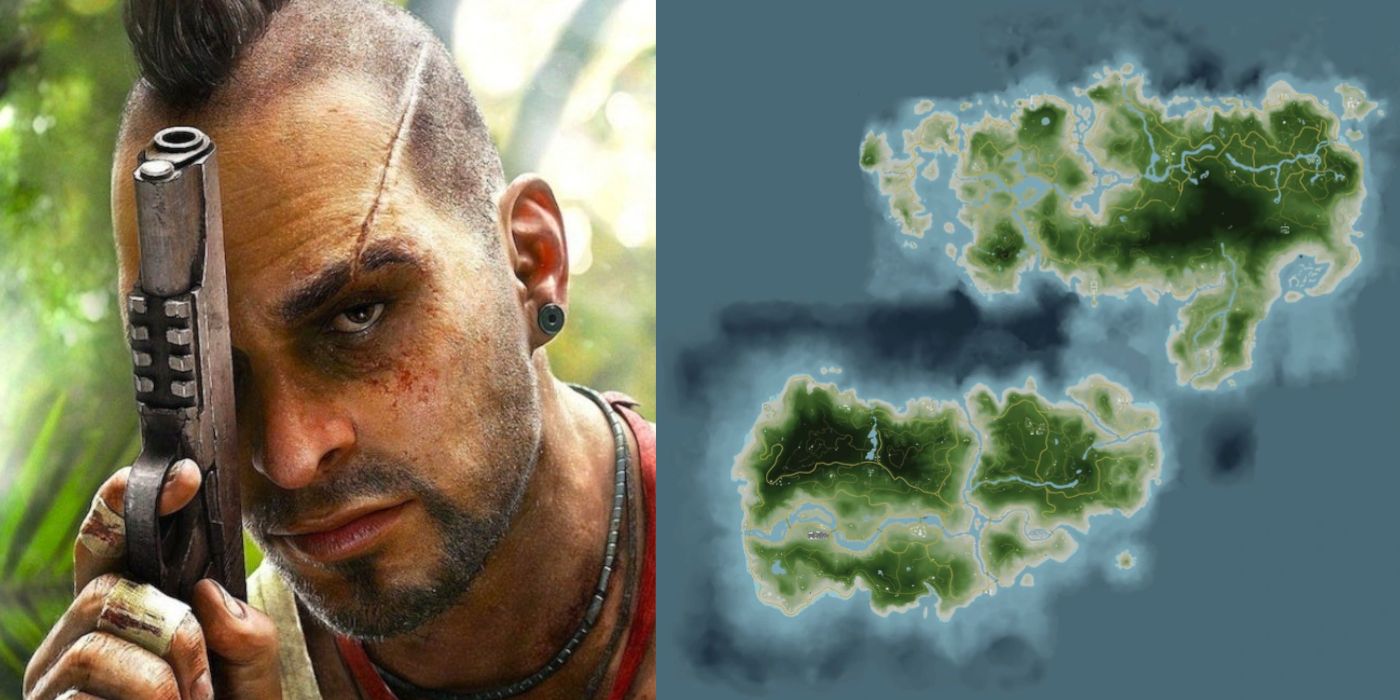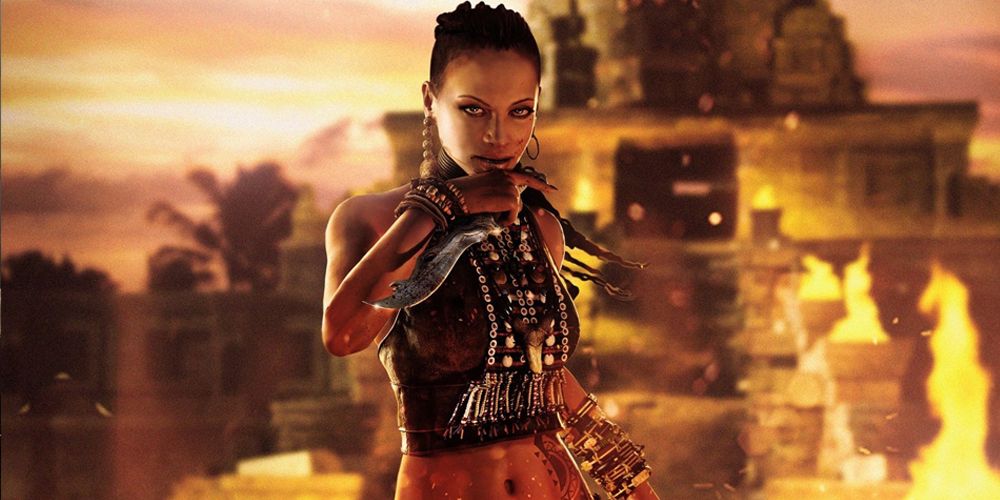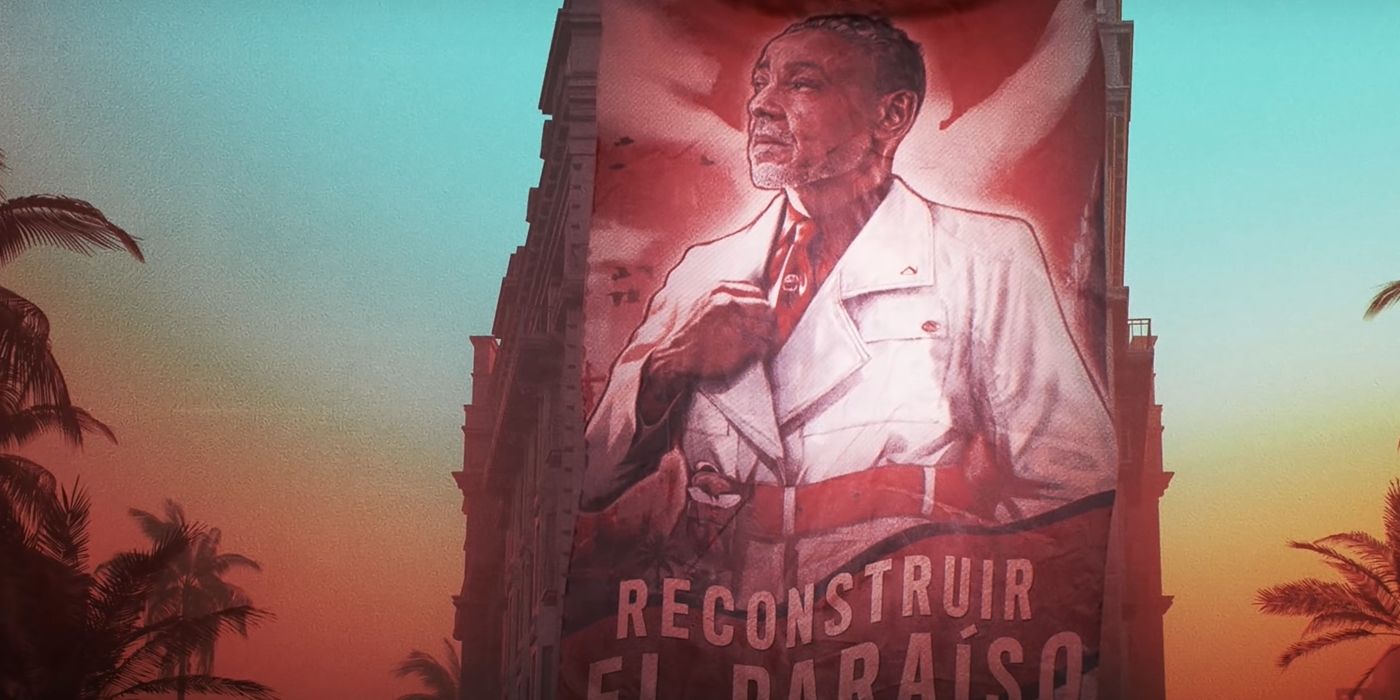Far Cry 6 is on the way, and between the series’ impressive pedigree and Breaking Bad’s Giancarlo Esposito starring as the game’s villain, fans of the franchise have plenty to look forward to. By returning to a tropical island setting, the game also has more in common with Far Cry 3 than some of the more recent entries in the series.
However, Far Cry 6’s setting cannot repeat the main mistake of Far Cry 3. Though praised for its gameplay, one aspect of Far Cry 3’s setting and story came under criticism when the game released. Based on what’s known about Far Cry 6 so far, there’s a real risk the new game could come under fire for the same flaw.
The Rook Islands And The Rakyat in Far Cry 3
Far Cry 3 helped ignite the franchise's popularity. Michael Mando’s fantastic performances as the game’s villain Vaas drew huge attention in Far Cry 3’s marketing alone. Mando's performance, as well as much of the gameplay mechanics, received a lot of praise from fans and critics alike. However, there was one aspect of the way Far Cry 3 dealt with its setting that didn’t sit well with many players.
Far Cry 3 takes place in the Rook Islands, a rough stand-in for Indonesia that's home to the indigenous Rakyat people. "Rakyat" itself just being the word for “people” in Indonesian. The group is also inspired by other groups like the Maori people of New Zealand, sharing their facial tattoos and in many cases their accent.
The story of Far Cry 3 is about Jason Brody; a white American man who escapes captivity while on the Rook Islands for vacation, who spends the rest of the game gunning down pirates and mercenaries as he fights for the freedom of his friends. He eventually becomes considered the “Ultimate Warrior” by the leader of the Rakyat, Vaas’ sister Citra.
In the end, Jason must choose between killing his girlfriend Liza in a sacrifice at Citra’s behest, or refusing to do so. Refusing leads to Citra’s death, when one of her followers inadvertently stabs her while making an attempt on Jason’s life. Regardless of the player's choice, the Rakyat are revealed to be as cruel and murderous as Vaas and the pirates inhabiting the island. Even if Jason sides with Citra, she kills him as soon as she believes that she’s pregnant with his child, who will supposedly be the true Ultimate Warrior who will restore her people.
Criticisms Of Colonialism in Far Cry 3
When the game released back in 2012, this element of the plot read to many Far Cry players as an uncritical colonial perspective, framing the indigenous population as backward and dangerous. The attitudes of the Rakyat echoed those seen in colonial fiction in stories like King Solomon's Mines, with their belief that Jason is their heaven-sent savior. There’s an argument to be made that the game plays with this. During the final sequence Citra can be heard saying “this is your island,” while Liza says “you’re living in a fantasy world.”
The idea that Jason is accused of living in a fantasy could be interpreted as that colonialism aspect, and Jason’s savior complex, is a creation of his own mind. Although, the fact that Citra is still trying to coax Jason into a human sacrifice undermines that interpretation. While the line “this is your island” clearly makes reference to the temptation to give into a colonial savior complex, it nonetheless comes from the mouth of the islands’ indigenous leader. Even if it’s intended as a trick to lull Jason Brody towards his fate, the fact that Citra then kills him still portrays the Rakyat as murderously superstitious, which is certainly problematic.
Far Cry 6's Setting
Far Cry 6 isn’t set in the Rook Islands but in Yara, a fictional Caribbean country under the rule of dictator Anton Castillo, played by Giancarlo Esposito. Yara is based on Cuba, specifically under the strict United States embargo against Cuba. The new game’s narrative director even commented on the setting’s influences, saying that “when you’re talking about guerilla warfare, you go to Cuba.”
The risk is that Far Cry 6's setting will paint a similarly colonial and American-centric picture of Cuba as Far Cry 3 did of Indonesia, among its other influences. In marketing material, Yara is described as “a tropical paradise frozen in time.” This phrasing already bodes poorly for the game’s perspective: The idea of the Americas as violated tropical paradises, and the idea that Cuba’s embargo froze it in time, shows a simplified colonial perspective that hopefully isn’t translated into the game itself.
One potential positive for Far Cry 6 is its main character, Dani Rojas, who is a native of Yara. This makes it far less likely that Far Cry 6 will come under fire for the same white savior criticism as Far Cry 3. However, having the main character be from the game’s new setting doesn’t necessarily mean it will avoid making the same mistakes as Far Cry 3. One of the stranger things about Far Cry 6 is that it appears to be basing its revolutionaries and dictatorship on the Cuban Revolution. It remains to be seen whether or not this distinction will be subtle commentary, or both groups will be portrayed as simplistic versions of their inspirations, reflecting a US-centric perspective.
Ultimately, whether or not Far Cry 6 comes under fire for having a colonial perspective will likely depend on its characters. The portrayal of the relationship between Dani Rojas and their revolutionaries, as well as Anton Castillo’s regime, will determine if these factions are portrayed with realistic complexity or as caricatures. Yara may be a fictional nation, but it has the potential to reflect assumptions made about real Latin American countries that could feel very familiar.
Far Cry 6 is in development for PC, PS4, PS5, Stadia, Xbox One, and Xbox Series X.




